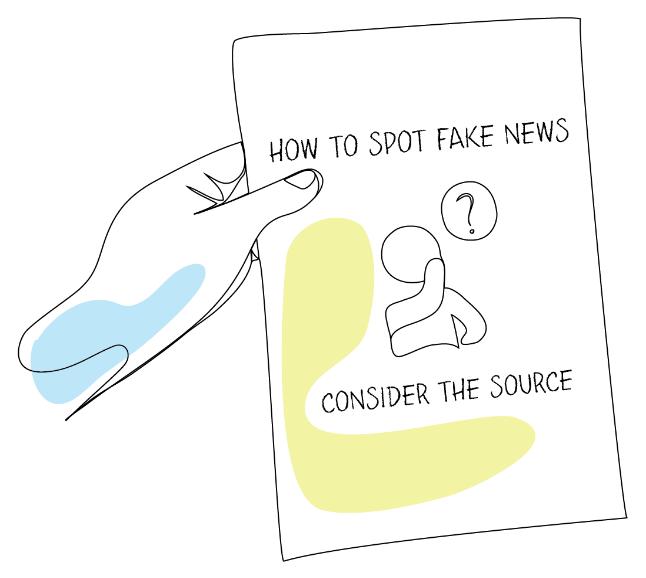
2 minute read
4.1.1. Be a Reporter
4.1.1. Be a Reporter!
Type Objectives
Advertisement
Presentation, debate, group activity
Gain real-life experience on how news are created;
Enhance research skills;
Team building and team work.
Duration Group size Materials Description
Debriefing & Reflection
Learning outcomes
Additional comments Resources
1h30min 15-20 participants Pens & paper The participants are split in 3 groups. Each group is assigned a debate topic and told to go outside of the training room to interview people of different ages or different social backgrounds about the given topic. The goal is to create an article and to present it in a journalistic manner. For example the interviews may refer to topics like stereotypes in media about different social categories, countries, ethnic groups etc. What did you think about the activity? How did it make you feel speaking with people you do not know? What did we learn from this? Would you have done anything differently? Communication in a mother tongue: Writing an article in an engaging way to attract specific audiences. Social and civic competences: Gather real life experience on how information is created and presented; Exercise on how to write an article and understand the effort it entails to do it right. Sense of initiative and entrepreneurship: Take decision on what you want to analyse and how as well as the reasons why it is important. For this method it would be ideal for the participants to have the opportunity to experience different environments. quicksprout.com - tips on writing a compelling article
4.1.2. Spotting Fake News
Type Objectives
Duration Group size Materials Description
Debriefing & Reflection Learning outcomes Group activity, team building
Clarify the concept of fake news and what constitutes it. Protect from fake news on-line Gain fact-checking skills 30min 15-20 participants Print outs, flipchart, markers & flipchart paper The facilitator divides participants into groups; give each group a marker, a sheet of flipchart paper, one of the handout ‘’tips’’ sheets and ask them to present the information back to the rest of the groups in their own words. The participants are asked to think of examples and add any more tips they can think of. Is spotting fake news clearer to you? What new ways of spotting fake news did you learn? Communication in a mother tongue: Giving a presentation
Digital competence: Learning to fact check and protect oneself from fake information
Additional comments Resources
Learning to learn: The participants reflect on what constitutes fake news and how fake information affect their learning;
Social and civic competences: The participants learn to keep the information that is true and essential. This is crucial for making correct decisions as citizens.
libguides.msvu.ca











